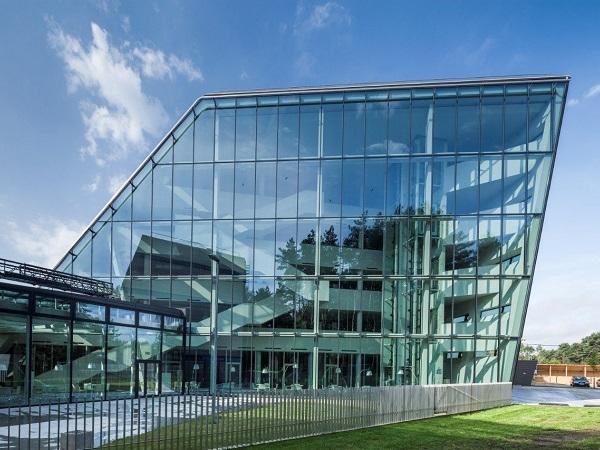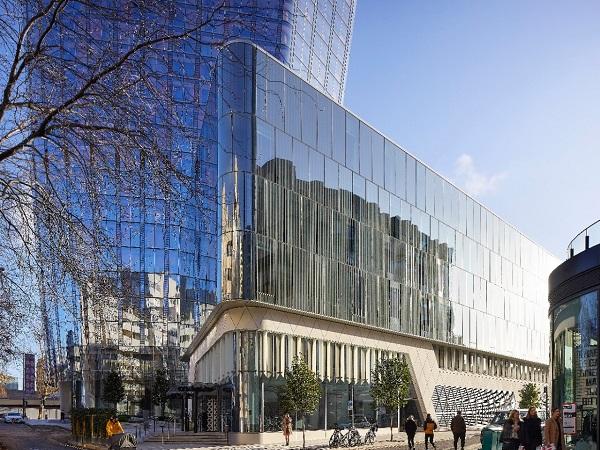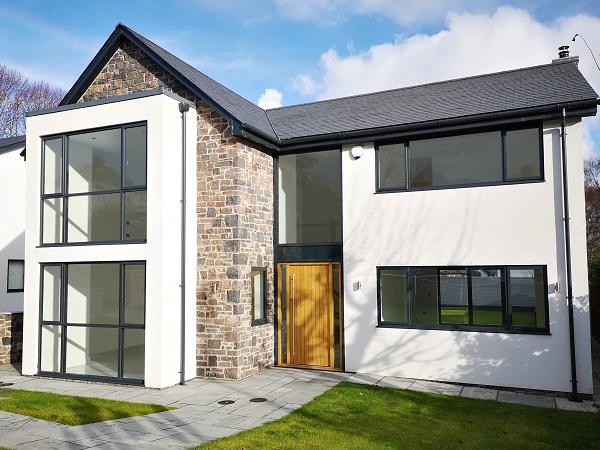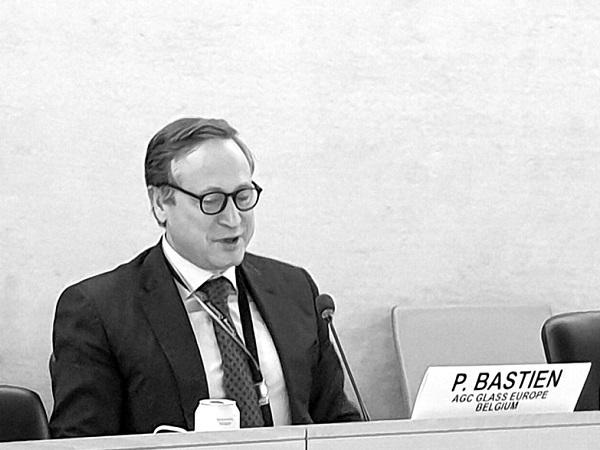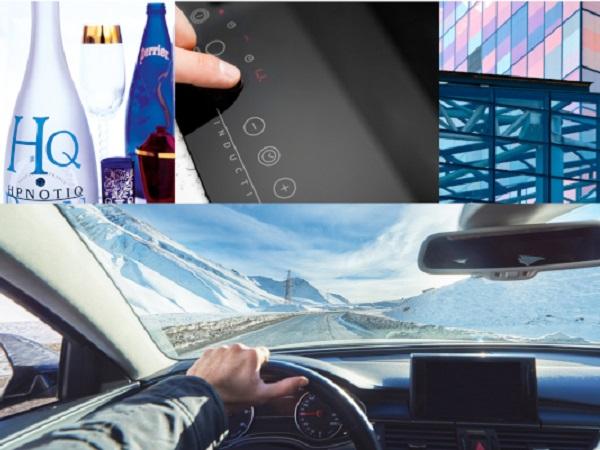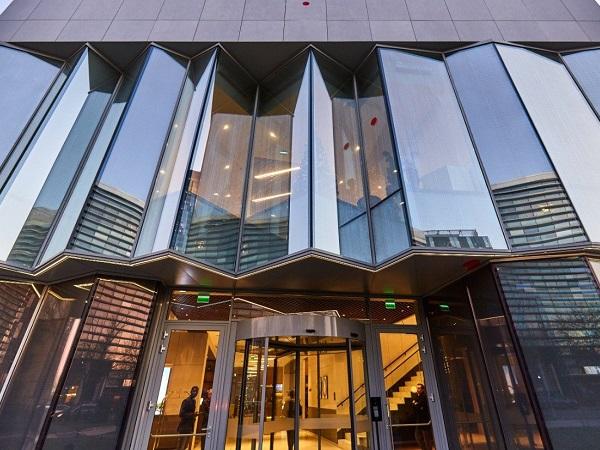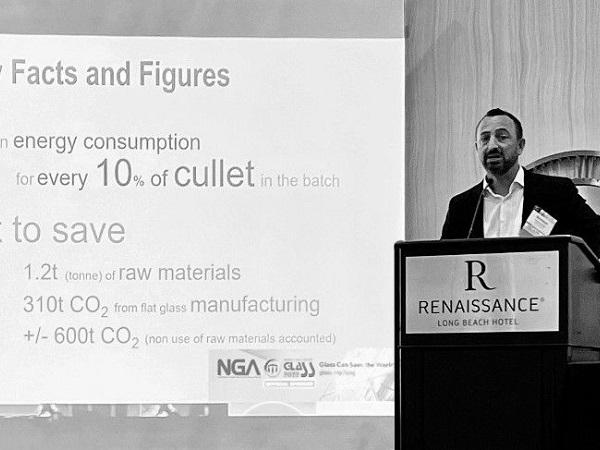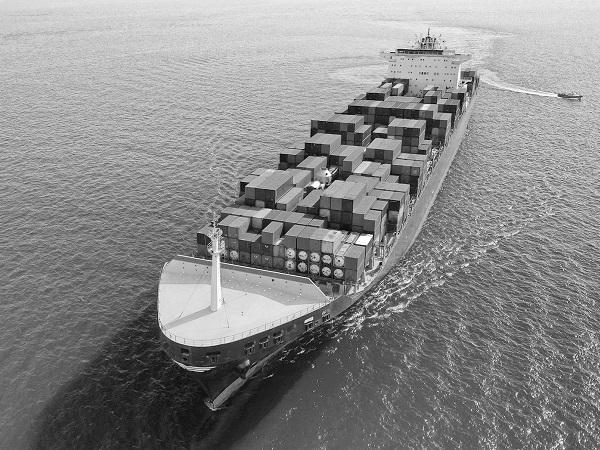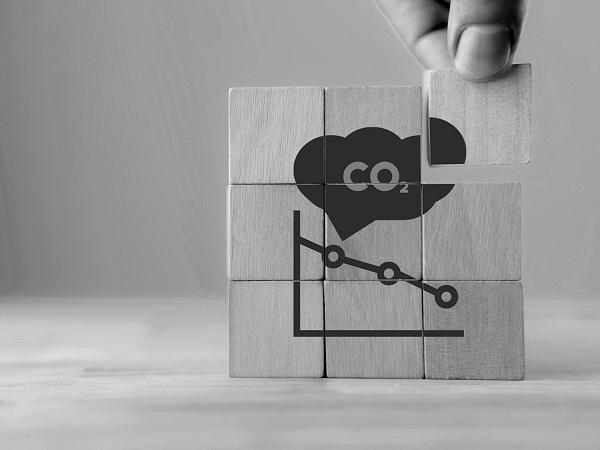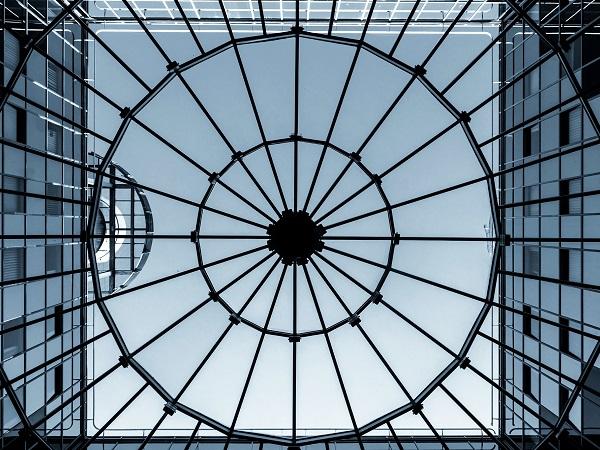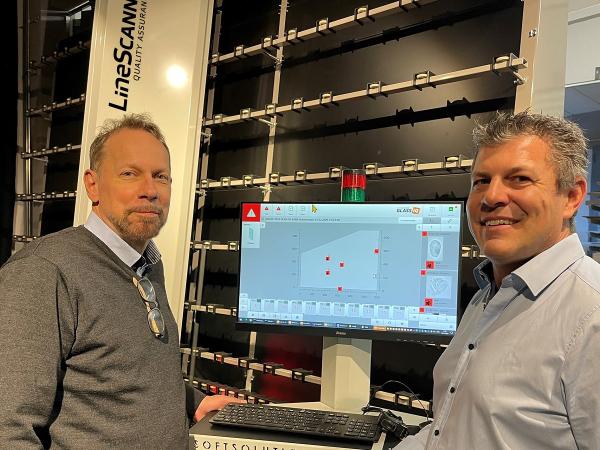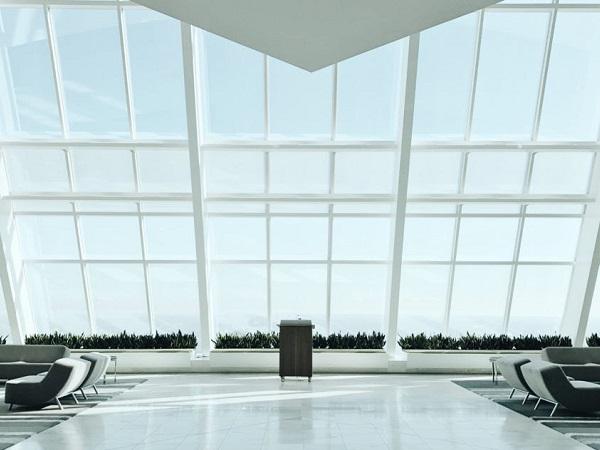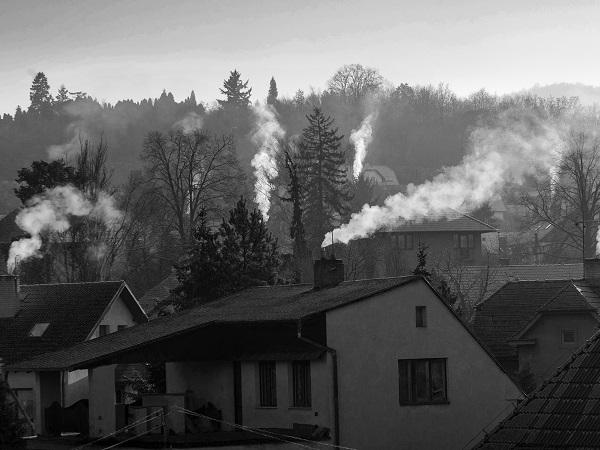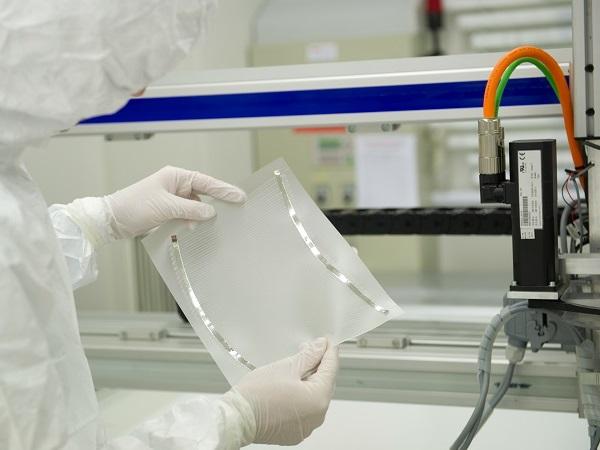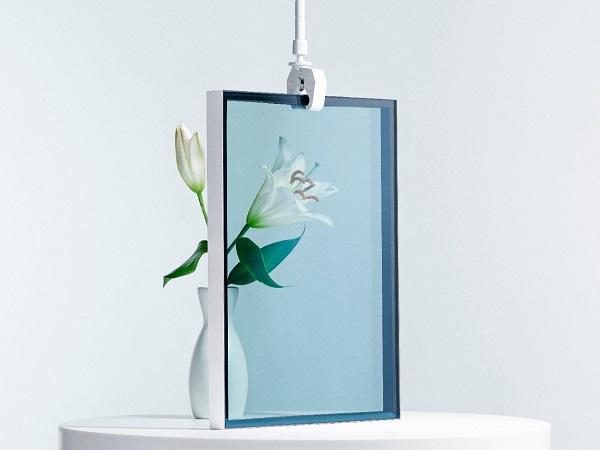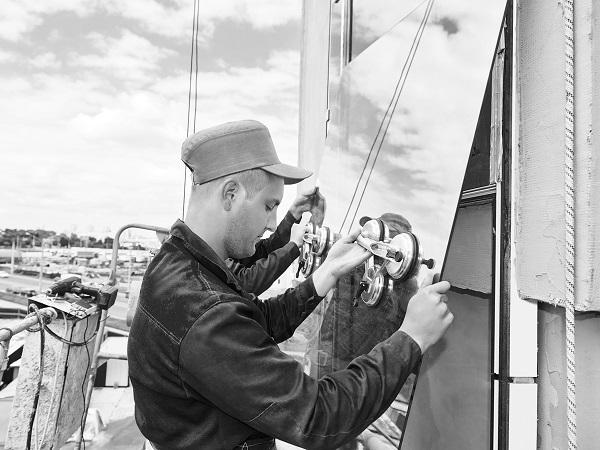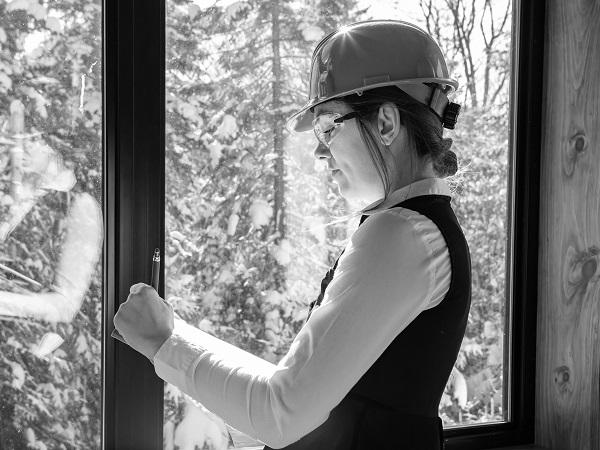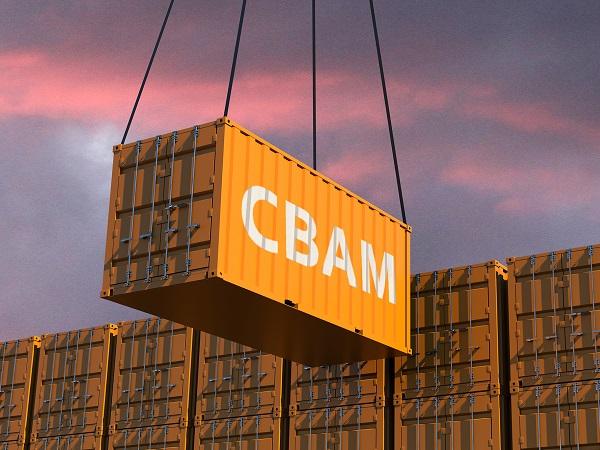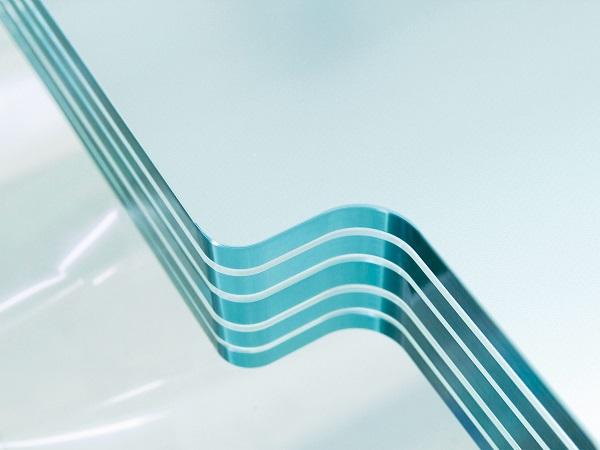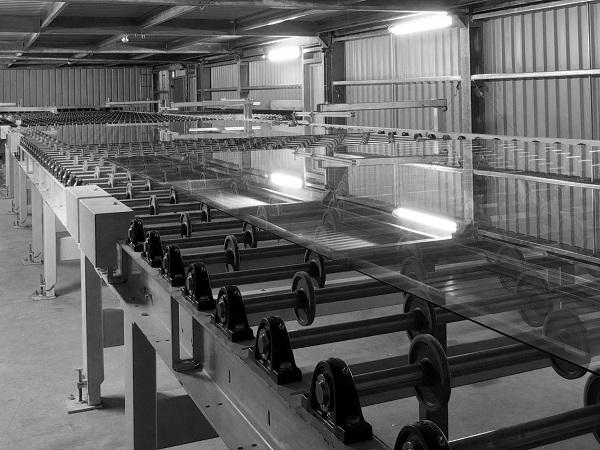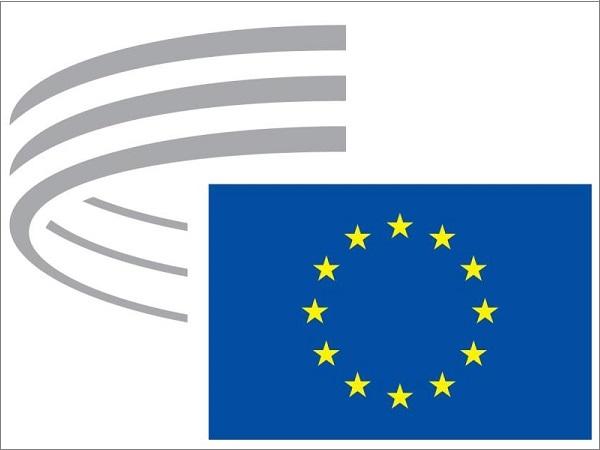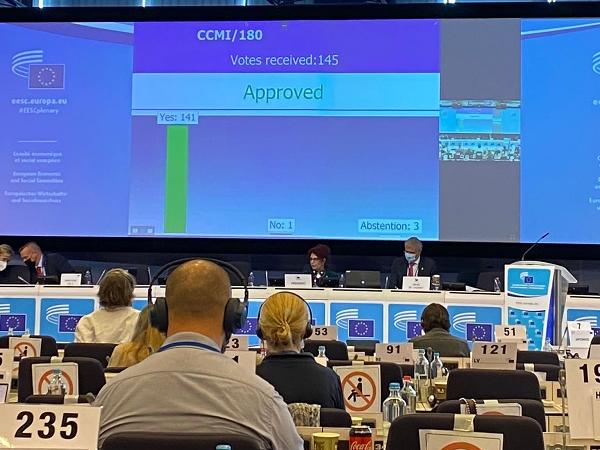Others also read
Two huge glazed facades face the pine forest, illuminating the trees at night.
The beautifully curved and rounded outer skin – made up of over 5,000 Guardian Glass panels – form the overall shape of the building, with its elegant tapering lines echoing the original vase design.
On February 17th, Glass for Europe answered to the public consultation on “Commercial vehicles – weights and dimensions (evaluation)”.
Developed to meet the new Part L UK Building Regulations for windows in new and existing residential builds
In both the European Parliament and the Council, the legislative debate on the fit for 55 package becomes more intense.
Today, the Chairman of Glass for Europe Philippe Bastien was at the Palace of Nations in Geneva for the opening ceremony of the International Year of Glass.
The completion of this acquisition represents an important step in the growth strategy of the Fenzi Group.
Sometimes a project comes along that clearly demonstrates the diverse benefits of Guardian’s range of high-performance glass – in this case answering the contrasting needs of a hotel’s ground and first floor.
European flat glass manufacturers promotes the dismantling, collection and recycling of end-of-life building glass (from windows, glazing and other products) to ensure that end-of-life flat glass does not end up in landfill.
The European flat glass sector association releases today its recommendations on the Carbon Border Adjustment Mechanism.
The European flat glass sector association releases its recommendations on the review of the Emissions Trading Scheme Directive.
The European flat glass sector takes as its role to produce the materials essential for renovating Europe’s buildings, for supporting the clean mobility transition and for increasing the share of renewable solar energy in Europe.
From now on Juha Karisola from Finland represents Softsolution and LiteSentry in the Northern European area.
To decarbonise the EU building stock and boost its sustainability, the European Commission is on right tracks, but it needs to accelerate.
Glass for Europe has released its position paper on the extension of the EU ETS system to buildings and transport.
The advantages are convincing: thinner and lighter glass, better edge stability and higher residual load capacity
Glass Alliance Europe answered to the stakeholder consultation on the Staff Working Document “For a resilient, innovative, sustainable and digital energy-intensive industries ecosystem: Scenarios for a transition pathway“, to which Glass for Europe…
High-tech glazing play a crucial role to make buildings more energy efficient, but flat glass technologies are also essential to the clean mobility transition and to renewable solar energy production.
The CBAM shall be versatile, free from dangerous loopholes, and able to preserve complex EU-based value-chains.
Kuraray announced today it will increase the prices of interlayer films globally for shipments on or after December 1st, 2021.
The flat glass sector is energetically exploring novel ways to lower its industrial emissions and massively scale up its contributions to the EU’s climate neutrality objective.
Growing steadily with new investments globally, Şişecam is making its first European glass packaging production facility investment in Hungary.
Adding to the dialogue on the transition towards a climate-neutral society, the European Economic and Social Committee (EESC) has called for more action to be taken to protect the European glass industry.
The EESC – European Economic and Social Forum has approved the opinion “Glass in Europe at a crossroads: delivering a greener, energy-efficient industry, while enhancing competitiveness and maintaining quality jobs”.

